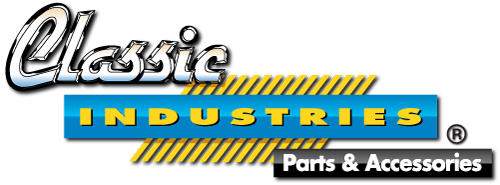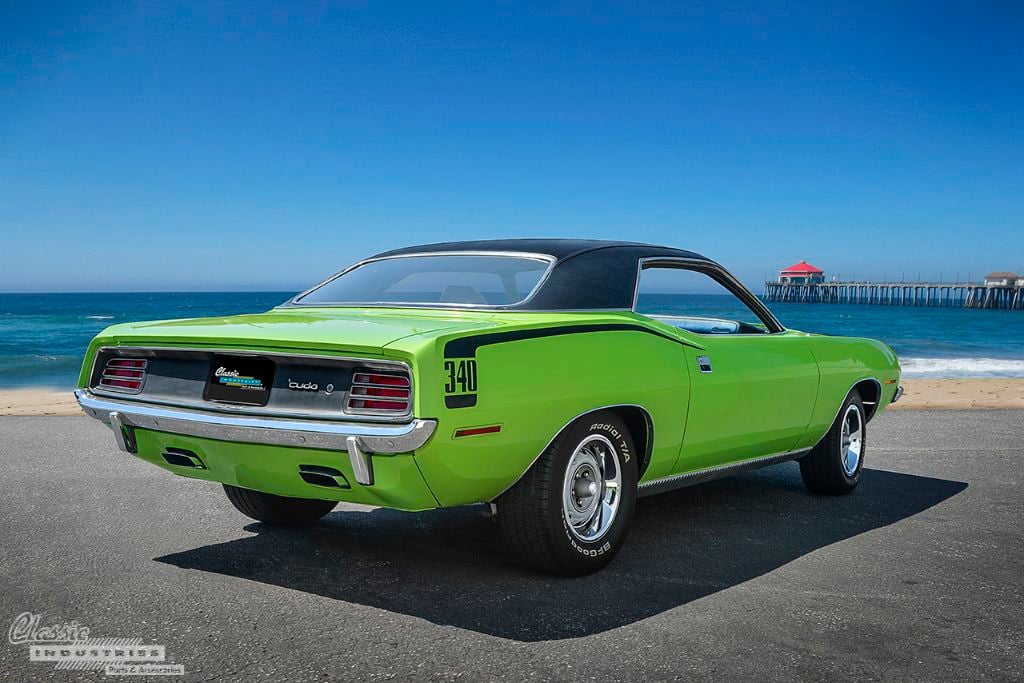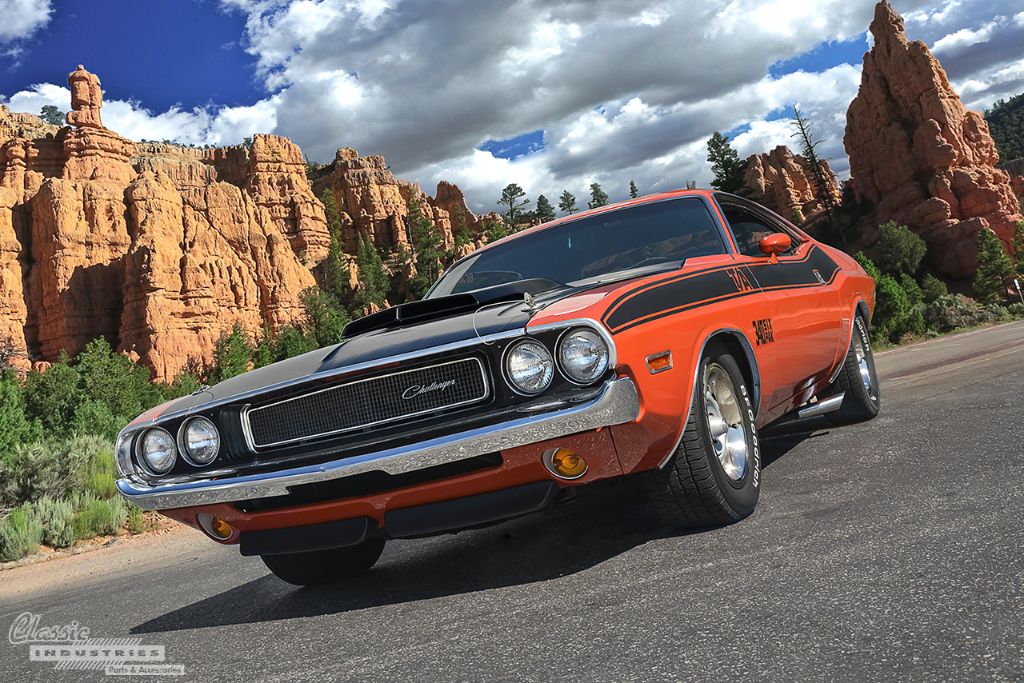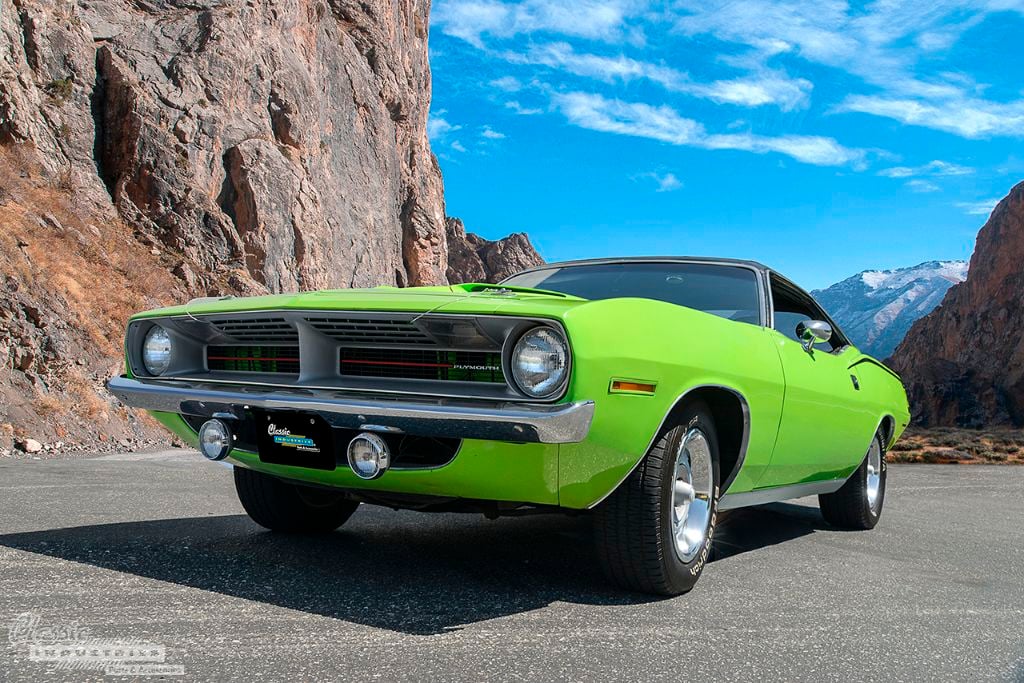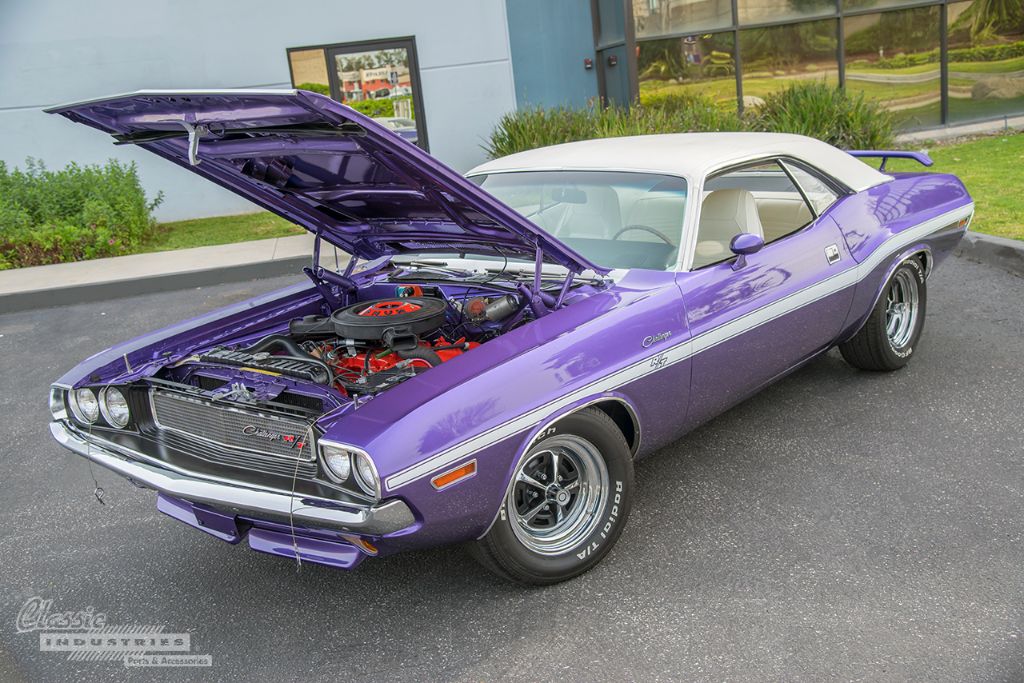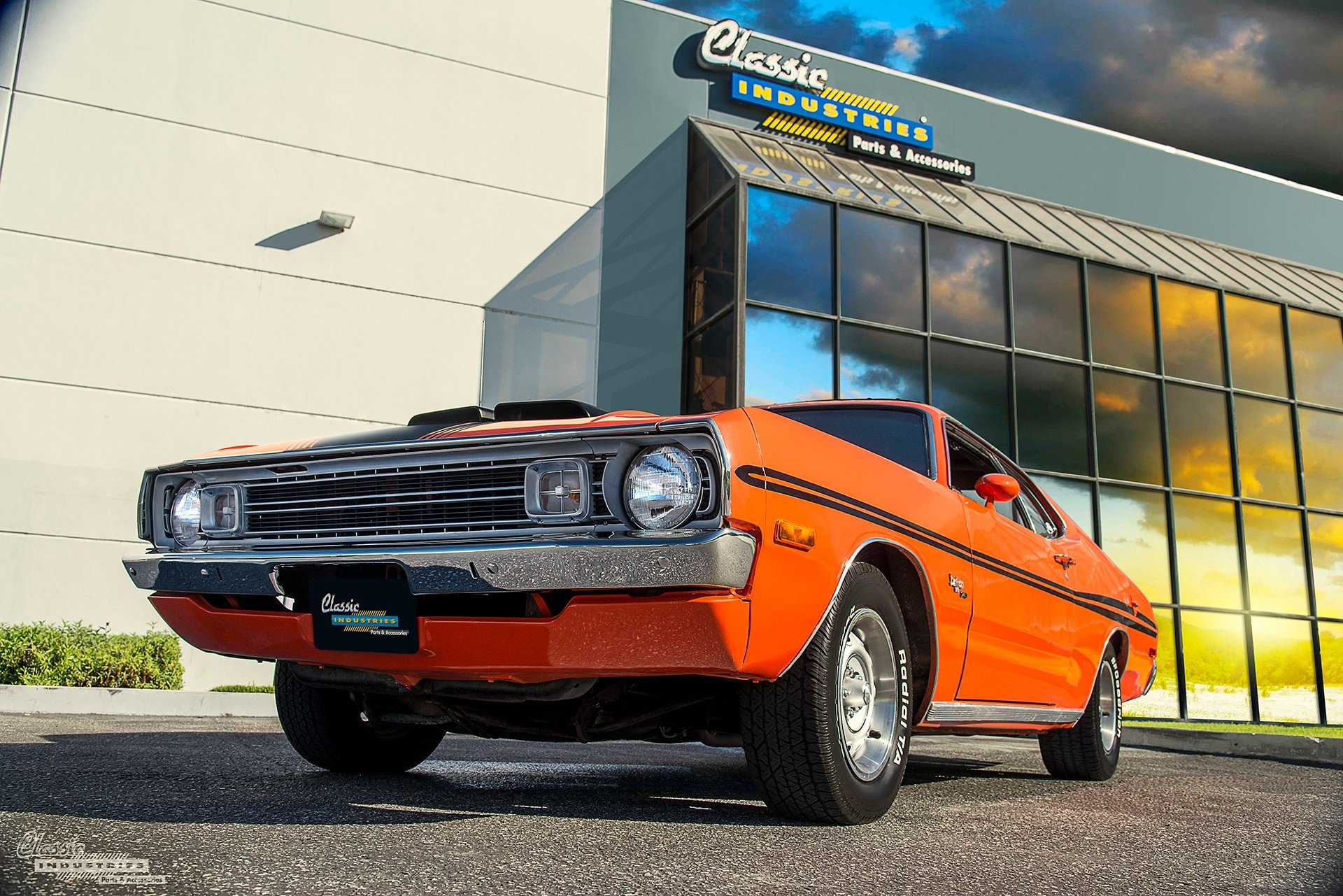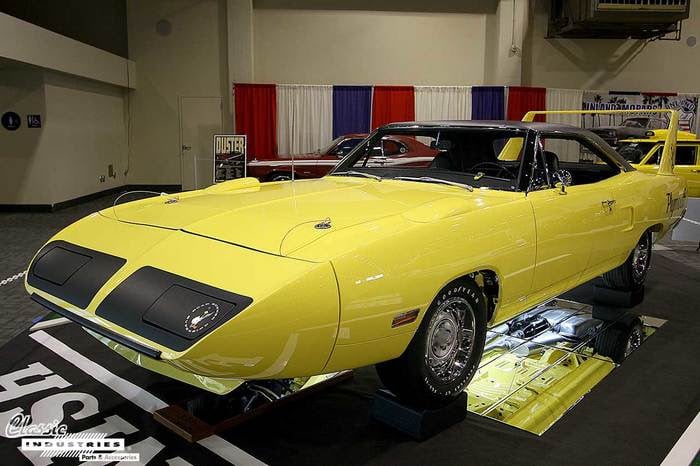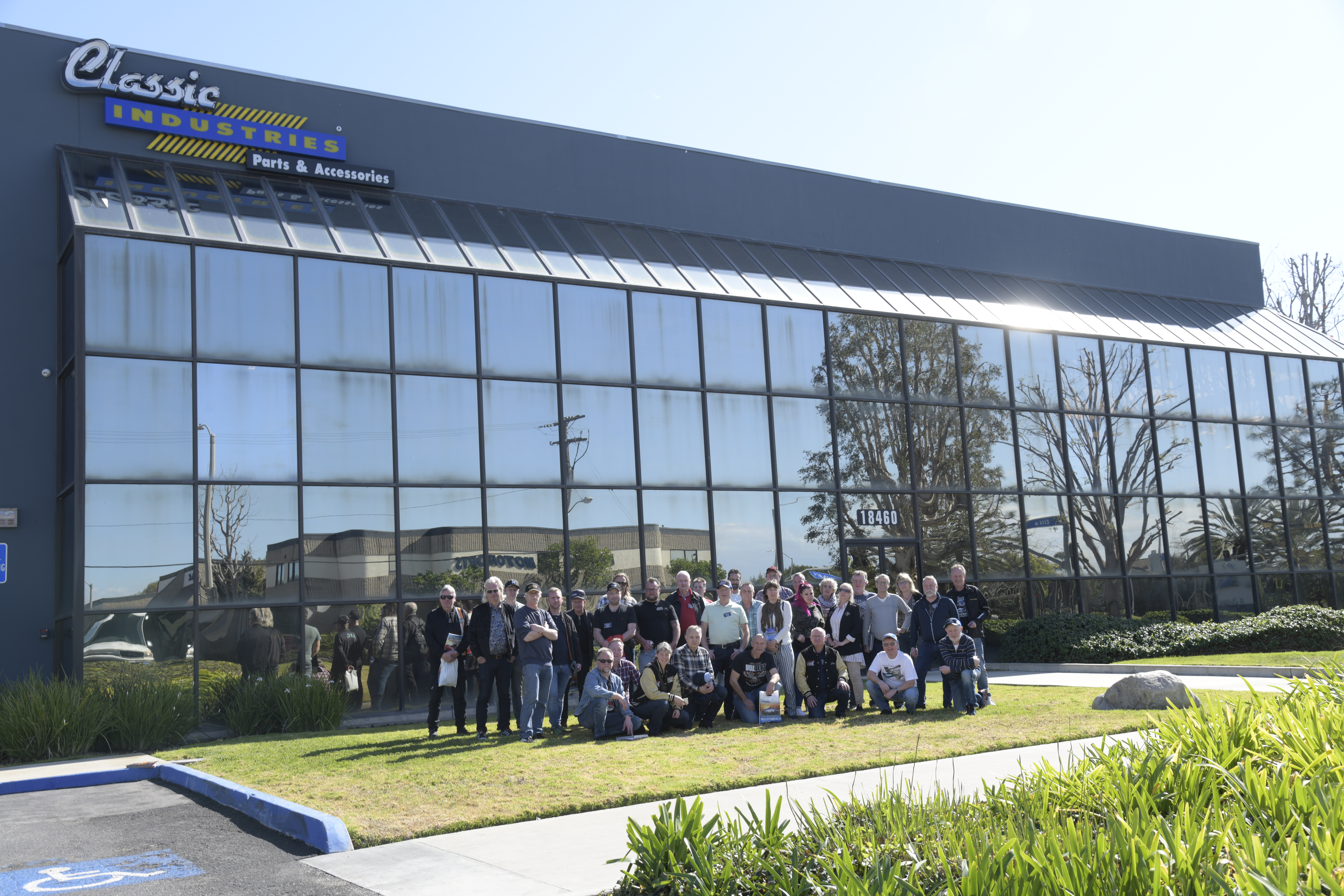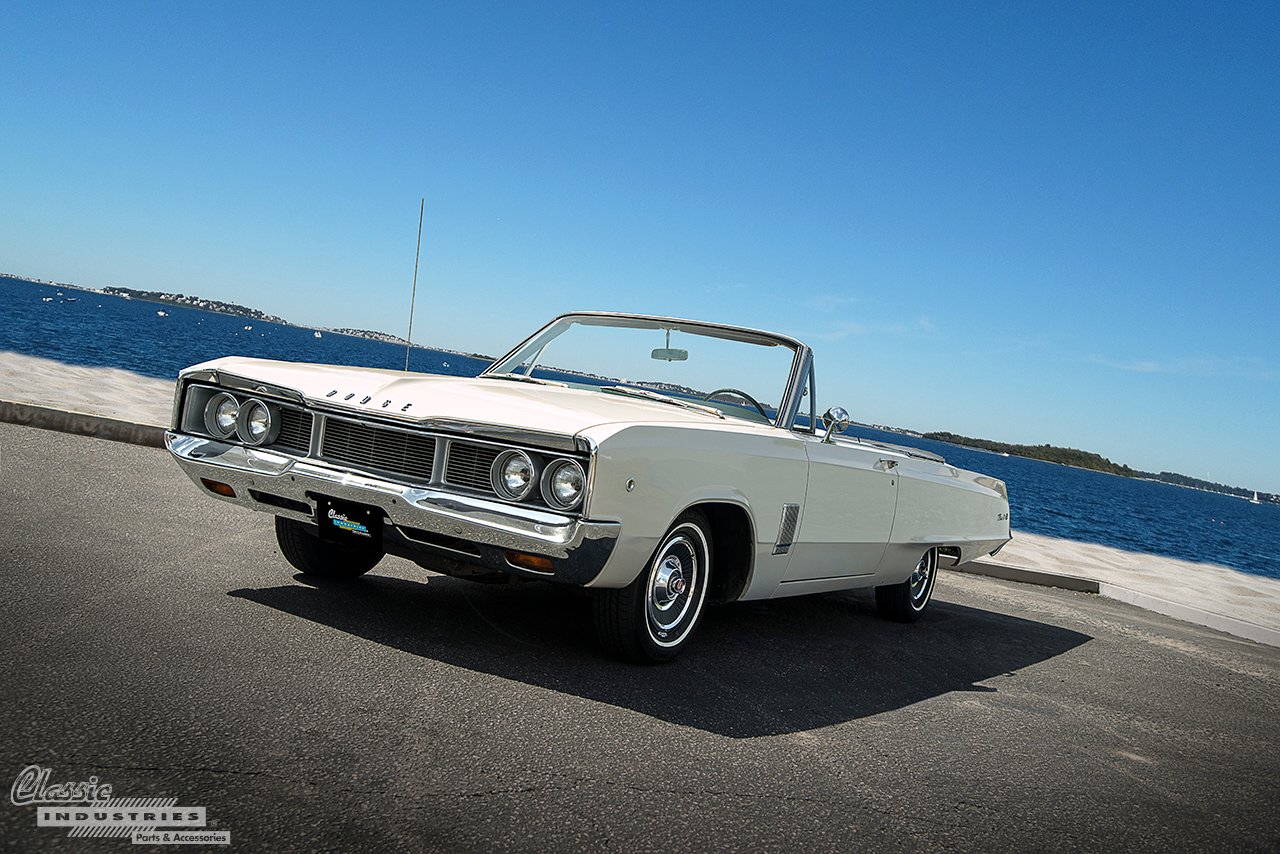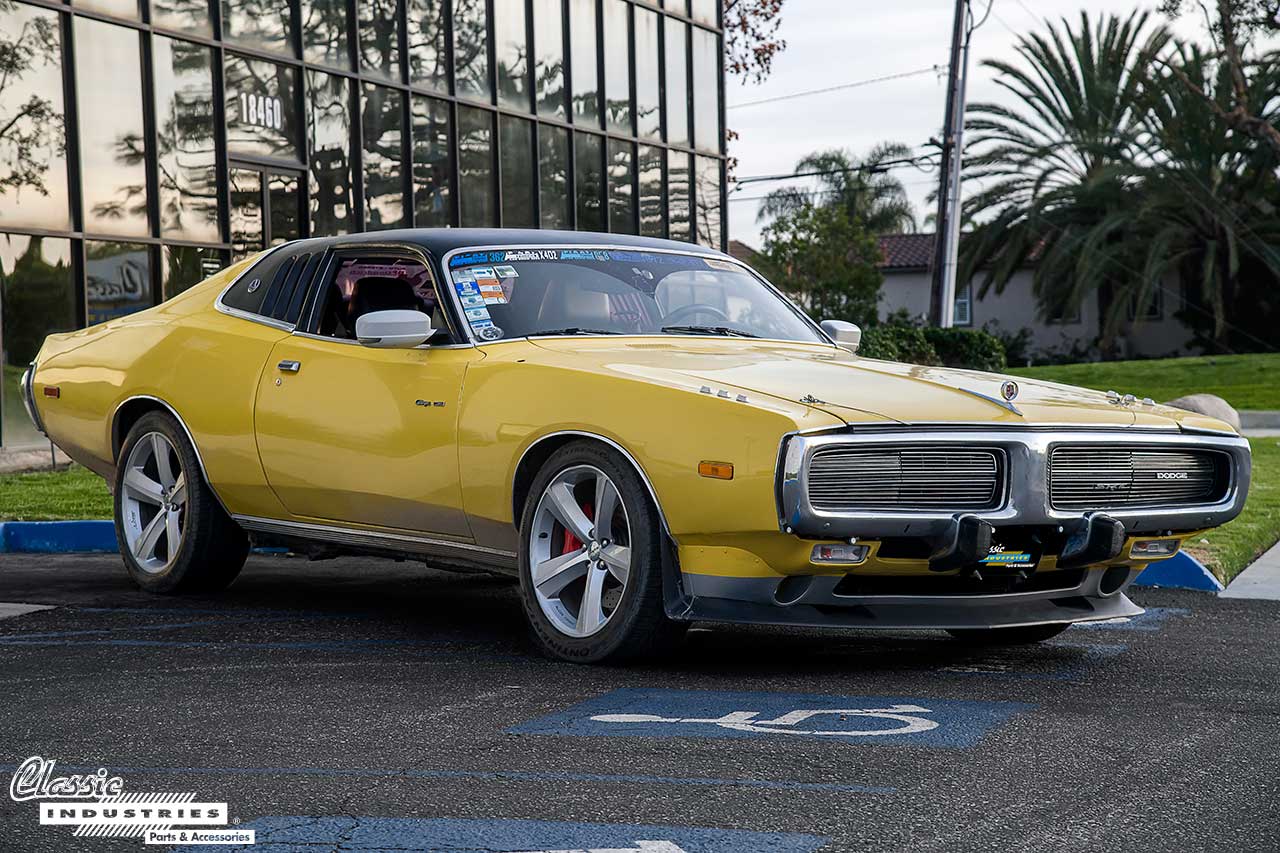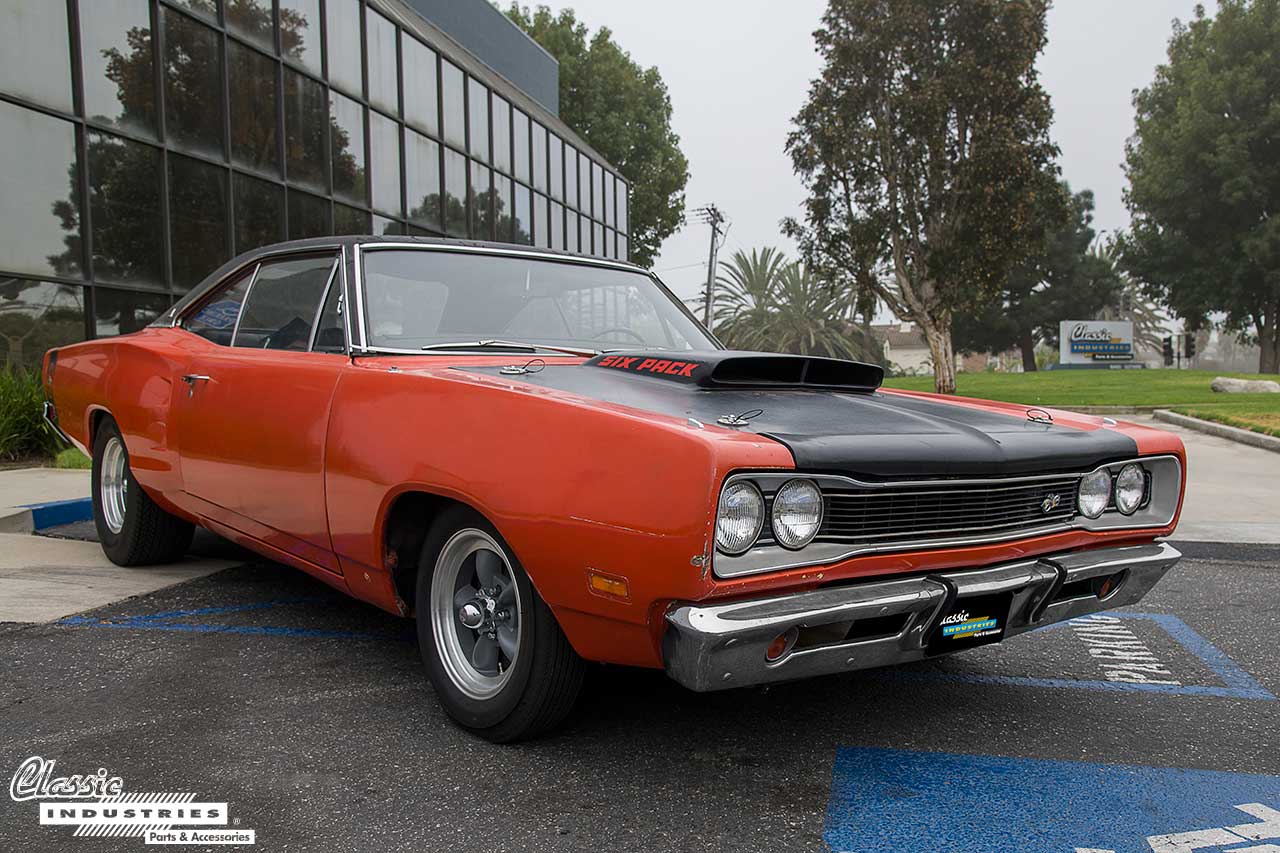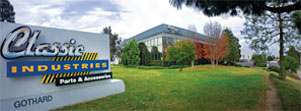The late 1960s and early 1970s were a groundbreaking time for American culture, music, and of course cars. Many consider this to be the pinnacle of the muscle car era, a period when vehicles were getting wilder than ever before, with aggressive styling, raucous V8 engines, and eye-catching color schemes. Mopar cars were at the forefront of this movement, and have become famous for their High-Impact colors that debuted between 1969 and 1971. Today, we'll be looking back at these High-Impact Mopar paint colors, as well as the meanings behind their creative names and the years they were available.
